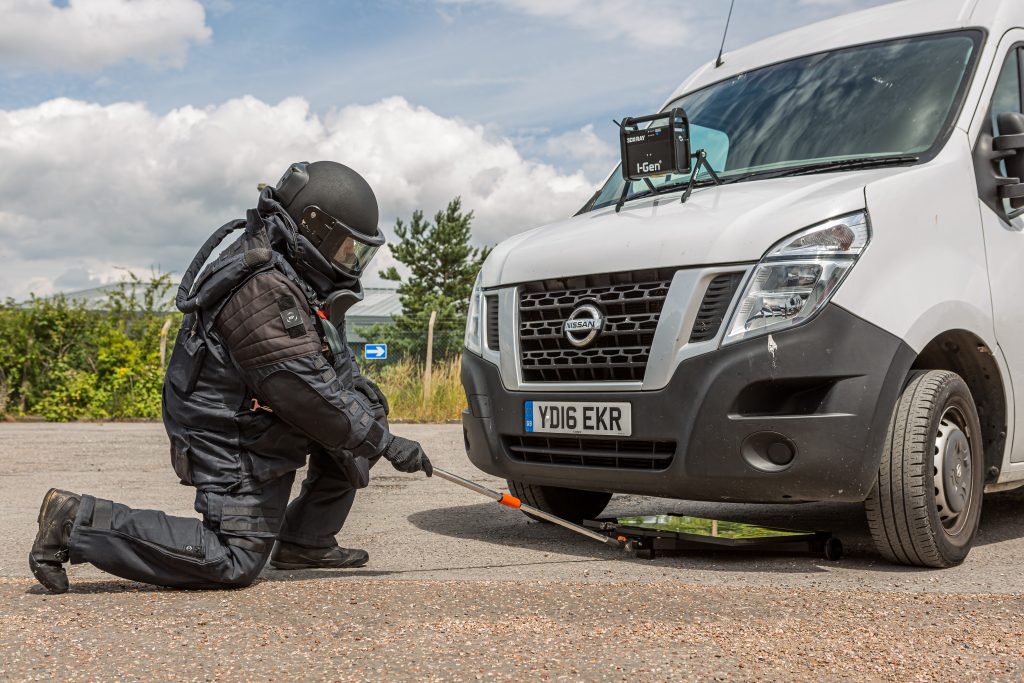
EOD x-ray equipment is used extensively for Explosive Ordnance Disposal (EOD), Improvised Explosive Device Disposal (IEDD) and Public Safety Bomb Disposal (PSBD). It is designed to improve detection, identification, evaluation, rending safe, recovering and disposing explosive ordnance. It boosts the safety of both bomb squad task force personnel and the public at large.
The first ever professional civilian bomb squad was created by Major Sir Vivian Dering Majendie – one of the first bomb disposal experts. He was the Chief Inspector of Explosives in the Royal Artillery. On October 2nd 1874 he inspected a barge carrying six barrels of petroleum and five tons of gunpowder which blew up destroying Macclesfield Bridge and animal cages at nearby London Zoo. The barge crew were killed in the explosion.
Examples of modern-day EOD x-ray equipment include:-
- ThreatScan LS1, is a large format (600mm x 460mm imaging area), lightweight, portable, high resolution x-ray system
- ThreatScan LS3 – is a compact (305mm x 256mm), portable, high resolution x-ray system
- ThreatScan LSC – is a combination, portable, high resolution x-ray system
These systems can penetrate up to 34mm steel at 120kV, producing high quality, sub-millimetre resolution images.
EOD x-ray equipment is used to combat terrorist activities, security breaches at borders, checkpoints, high security areas or crowded places. It has become the major driving factors of the global explosive ordnance disposal equipment market.
As well as rapid deployment, the detector and x-ray source produce high quality real-time x-ray images that enable rapid and accurate decision making. Portable x-ray systems provide the ability to zoom in and identify the small components used in an IED circuit.
Other requirements for EOD x-ray equipment are a range of sophisticated image processing functions. These include materials discrimination, pan, zoom, DeepFocus™, 3D Emboss, measurement and annotation. These are based on high quality images and an uncluttered screen which is easy to use and interpret even in tense, high-pressure environments. The x-ray source and detector can be controlled and analysed remotely. This minimises danger to active personnel whilst allowing them to quickly identify threat and non-threat items.


